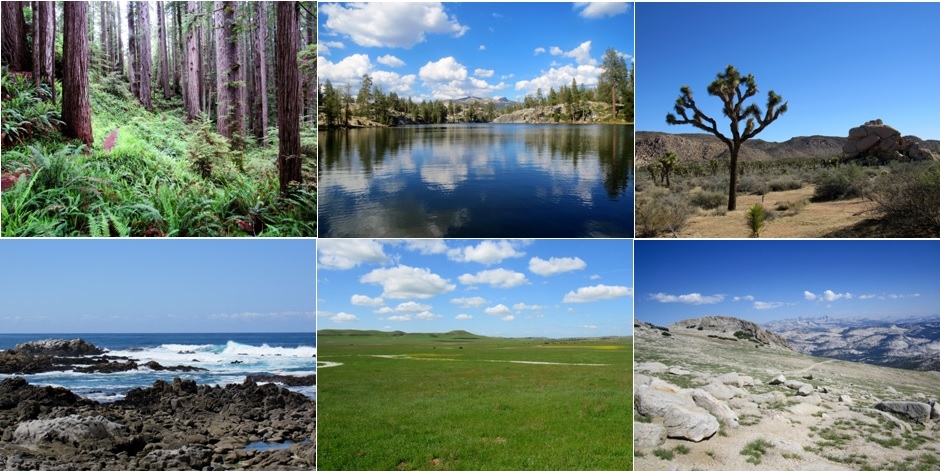Learning To Bird By Ear
This year, I started writing a monthly series of posts designed to help those who are brand new to birding, as well as those who are looking to improve their birding skills. I've been a life-long lover and student of all things nature, but it's only been about five years since I began to seriously watch, study, and record birds. Clearly, I have a long way to go and much to learn! This month, I'd like to focus on the magical, mystical art of birding by ear. The cheery song and soft chuck calls of the familiar backyard American Robin are easy to learn for beginning birders across North America. Every bit as much art and music as it is science, birding by ear opens up worlds of possibility for the astute observer of birds. Most birds are highly vocal, with ranges of calls and songs tailored to various situations. Most commonly, bird vocalizations fall into two very basic categories: calls, such as contact calls, alarm calls, flight calls and begging calls, and s
